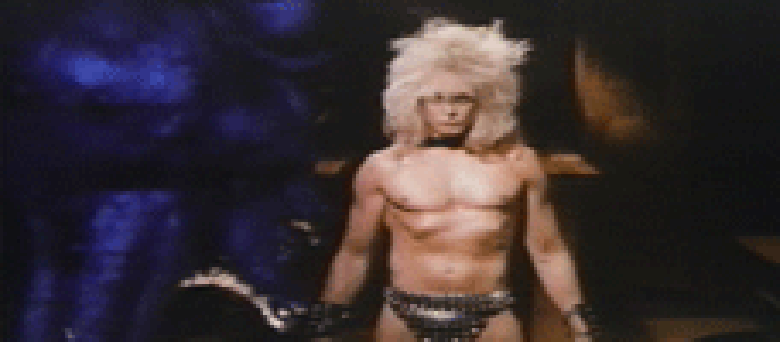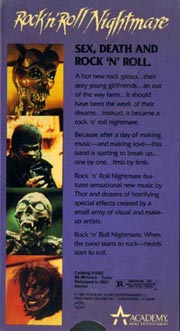Reviews
John Fasano
Canada, 1987
Credits
Review by Rumsey Taylor
Posted on 10 October 2008
Source Academy Home Entertainment VHS
Categories 31 Days of Horror V
The requisite horrors of Rock ‘n’ Roll Nightmare are delivered in a rural two-story house, somewhere within the enormity of rural Canada. It looks menacing enough, as our view pivots within and around it in that whiplash fashion customary to horror films, careening around doorframes and down hallways with reckless abandon. The film is replete with such excited POV shots, even though these shots regularly fail to capture anything that may be considered, by standards more lenient than my own, even remotely horrific. (That is unless the motion of this camerawork is to lend horror to the otherwise welcoming country setting.) Rock ‘n’ Roll Nightmare employs a copious amount of these breakneck tracking shots, breakneck tracking shots being only one of a number of predictable horror tropes the film never manages to assimilate into a more cohesive horror enterprise.
I suppose this is nothing to bemoan. The cover of the sleeve displays a haphazard collage of some of the ghouls seen in the film, along with a bare-chested Jon-Mikl Thor (an auteur of curious pedigree I’ll return to shortly), and to its credit Rock ‘n’ Roll Nightmare contains all of these images; it is a cheap, incompetently rendered film, but it is not a deceptive one. The Nightmare of the title is better evaluated by the viewer who has little familiarity with the horror genre, but there is no degrading the film’s Rock ‘n’ Roll—in at least two instances, the action stops entirely for a metal song to be performed in its entirety, and the soundtrack boasts many others.
The empty POV shots don’t occur until the second third, once the feeble premise is established. The film proper opens, after a prologue (involving the original inhabitants of the haunted house) that has a negligible connection to the remainder, with a van driving down the highway. Driving… down the highway. Driving. Driving. Driving. Down the highway, it continues to drive. D r i v i n g. More driving… driving. It arrives some ten minutes of real time later, long after the opening credits have concluded. The most ironic thing about this scene is that it establishes the contribution of its masthead star, Jon-Mikl Thor, comprehensively, as the lead actor, screenwriter, producer, and lead singer of the Tritonz (an actual band, from what I can construe, that appears in the film). In these opening minutes Thor exerts his authorial worth to the material, and it’s of note that ten minutes of driving elapse before a single word of his own dialogue is relayed from pen to screen.
The setup involves the Tritonz, a Canadian metal band, who’ve repaired to this house in the interest of diminishing any distraction in the recording of their next album. The plan is to live there for a month, with what I believe are a few groupies for good measure, and to record at least ten minutes of new material to satisfy their record contract. A barn behind the house is outfitted with a 24-track recording studio (this despite the fact that it does not contain a single mixing board or any discernible sound-proofing) that the band subsequently proceeds to not use at all. In their very first practice, the Tritonz effectively succeed at conceiving and performing a full-fledged song, for which Thor contributes both lead and backup vocals. And most curiously, the band is decked out fashionably, even though no audience is present.
But they do perform, of course, for us, and here the film’s conceit is revealed: Rock ‘n’ Roll Nightmare is no such nightmare, but rather a platform to exhibit the adequately macabre interests of Thor, which include monsters that look like Muppets without fur, heavy metal, and the near tundranous environs of his home country. Thor’s vanity is of a quieter persuasion than the opening credits pronounce, however: of everyone attendant, he is the least impetuous and outspoken—he even does the dishes one evening, while the remaining guests are up to the spare bedrooms with their significant others in short order. His dialogue (as a writer), even, is prosaically descriptive: everyone in the film is given something to do or something to say. The chronology of the film itself is essentially perfect in its linearity—there are even two scenes that depict dishwashing. Thor’s just a really nice guy, you see, even though by the end he posits himself as an archangel in opposition to Satan.
Satan.
This conflict is an unforeseeable turn in the film’s final third, also its best part, and is such for a number of reasons. For one, the initial portions of this film aren’t ever really menacing, despite the premise (a bunch of horny kids go to a remote house at which they’ll satisfy their myriad libidinous desires amongst a houseful of ghouls) being ripe with potential for menace. Even once the ghouls seen on the sleeve make their way into this film, they’re stealing out of corners and not jumping frightfully into the composition. And in full view, they’re clearly feebly rendered puppets. These foes, like others in horror films, are capable of possessing their victims, but the possessions here seem more often than not to be beneficial. In one instance, a band member - having been attacked by a monster in the bathroom - is suddenly enabled to perform another round of intercourse with improved longevity. His girlfriend is audibly satisfied by this. To this point, just before the proverbially outrageous conclusion, such episodes are not the nightmare the title promises, but apparently exactly the therapeutic and creative excursion the Tritonz sought.
That is, until Satan shows up, at which point the entire premise is dispensed with in service to a conclusion so radical in its unpredictability that it renders the preceding hour narratively irrelevant. The end is no longer about Thor, the Tritonz, or even the Canadian countryside for that matter, but rather a battle of apparently formidable proportion between Satan and Triton, the archangel Thor has transformed into. The full extent of Jon-Mikl Thor’s range is demonstrated in this instant, which finds him in a scene he has not only written, produced, scored, and acted in, but one in which he is also forcibly puppeteering his very nemesis. He grapples the dark lord with virtuous concentration, his hair sculpted into a suspended froth of blonde, his teeth gritted so hard they nearly crumble out of his mouth. It is an image of such determination that it does well to obscure the inadequacies that precede it, and for an instant Thor’s various efforts seem inspired.
More 31 Days of Horror V
-
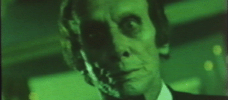
The Dead Don’t Die
1975 -
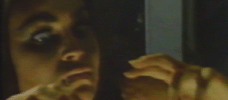
The Brides Wore Blood
1972 -
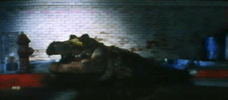
Alligator
1980 -
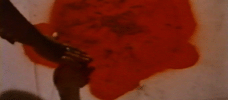
Girl in Room 2A
1973 -

Zombie High
1987 -
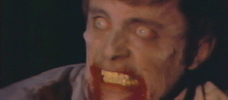
Deathdream
1974 -

Link
1986 -
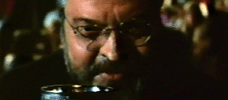
The Witching
1972 -
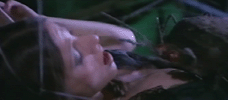
Nude for Satan
1974 -

Rock ‘n’ Roll Nightmare
1987 -
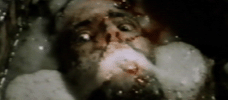
The Strangeness
1985 -
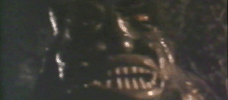
Brides of the Beast
1968 -
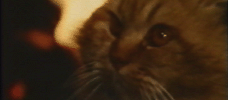
Seven Deaths in the Cat’s Eye
1973 -
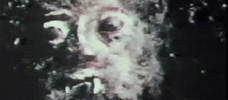
The Curse of Bigfoot
1976 -
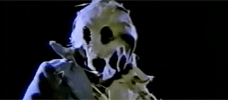
Dark Night of the Scarecrow
1981 -
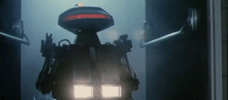
Chopping Mall
1986 -
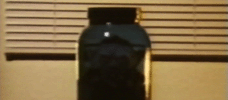
The Jar
1984 -

Killer Workout
1986 -
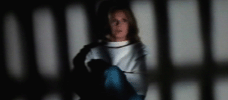
Moon in Scorpio
1987 -
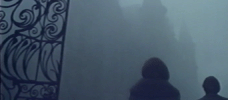
The Legend of Hell House
1973 -
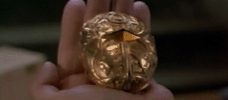
Cronos
1993 -

Black Christmas
1974 -
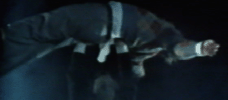
Grave of the Vampire
1974 -
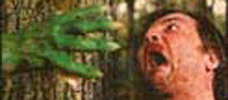
Rana: The Legend of Shadow Lake
1975 -
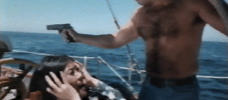
Blood Voyage
1976 -
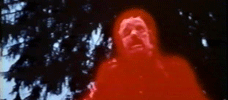
Fiend
1981 -
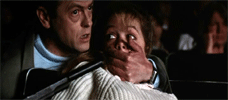
Anguish
1987 -
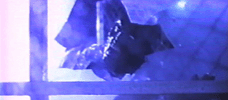
The Chilling
1989 -

Attack of the Beast Creatures
1985 -
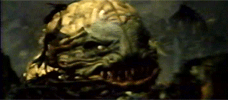
Humanoids from the Deep
1980
We don’t do comments anymore, but you may contact us here or find us on Twitter or Facebook.



